Sling Protection: What It Is, Different Types, and When to Use It
Sling protection products protect the sling from getting cut or abraded during the lift and, in many cases, protect the load from the sling itself.
Do you find that you go through a lot of slings and seem to constantly buy new ones? Or, have you noticed that load damage in your facility is often caused by the sling itself? Both of these issues are related to one of the most common rigging problems—lack of proper sling protection.
Sling protection is a common term thrown around in the rigging industry. Sometimes, it refers to how to properly care for your slings. In this article, we are talking about sling protection products—pads, sleeves, etc.—that are added to a sling or the load itself to prevent damage.
Continue reading this article to learn more about:
- What sling protection is
- Why it’s necessary to use added sling protection
- The risks of not properly protecting your slings
- Common sling protection products
What is Sling Protection?
Sling protection products are sold separate from the sling itself. Sling protection products are used along with the sling to protect it from getting cut or abraded during the lift or, in many cases, to protect the load from the sling itself.

When choosing sling protection, it is critical to understand that some sling protection is good for resistance to abrasion while other protection is good for resistance to cutting. Over the years, people have used various materials for sling protection. Some of those materials include polyester or nylon webbing, rubber, Kevlar®, leather, and wood. Not all are necessarily suitable for a specific application. It is important to understand your application and the physical properties of the load that could damage your sling.
Similar to putting a screen protector on a cell phone, sling protection products are used to protect the more important / expensive sling. In most cases, it is more cost effective to replace the added sling protection several times rather than replacing the sling itself.
More importantly, sling protection products are used to protect the sling—most specifically, the nylon and polyester fibers of synthetic slings—from cuts and abrasion that could result in a failed lift and dangerous situation.
Some of the most common types of sling protection products include, edge guards, sleeves, wear pads, reinforced eyes, etc.
The purpose of sling protection products is to:
- Protect the sling from damage thereby increasing the life of the sling
- Protect the load from the sling—particularly when using wire rope and alloy chain slings
- Ultimately, protect the life of the rigger and anyone in the surrounding area
When Do Slings Require Added Protection?
All types of lifting slings—whether it be synthetic, wire rope, wire mesh, alloy chain—need to be protected against edges, corners, and protrusions.
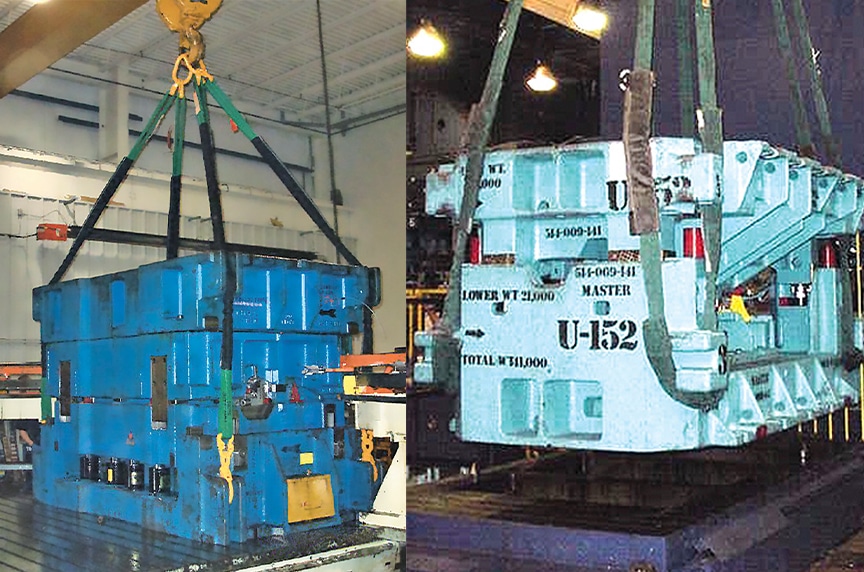
While all sling types require protection when exposed to corners / sharp edges, it is the most common to see sling protection products added to a synthetic sling—roundslings, web slings, and Twin-Path® roundslings. This is because synthetic slings can take less abuse than stronger materials like alloy or wire—the nylon and polyester fibers of a synthetic sling are more susceptible to cuts, tears, abrasion, etc. than steel slings like wire rope or chain.
To put it simply, synthetic slings virtually always require added protection. If you are using a sling made of nylon or polyester, sling protection is an absolute requirement during the lift—other than in instances of a direct vertical hitch.
Anywhere that a synthetic sling comes into contact with the load or rigging hardware during a lift, it needs added protection. The sling can make contact with the load or hardware:
- Around any lift points—load edges, hoist rings, eye bolts, etc.
- Around the crane hook, master link, shackle, etc.
- On load edges that could be above the hookup points such as in handling dies
To sum up, all slings need protection from time to time, but synthetic slings virtually always require added protection.
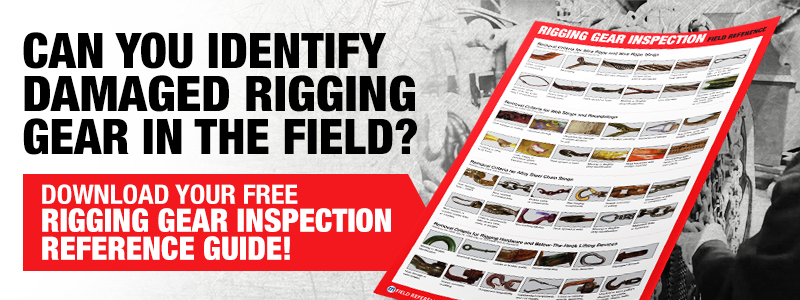
What Can Happen If I Don’t Protect My Slings?
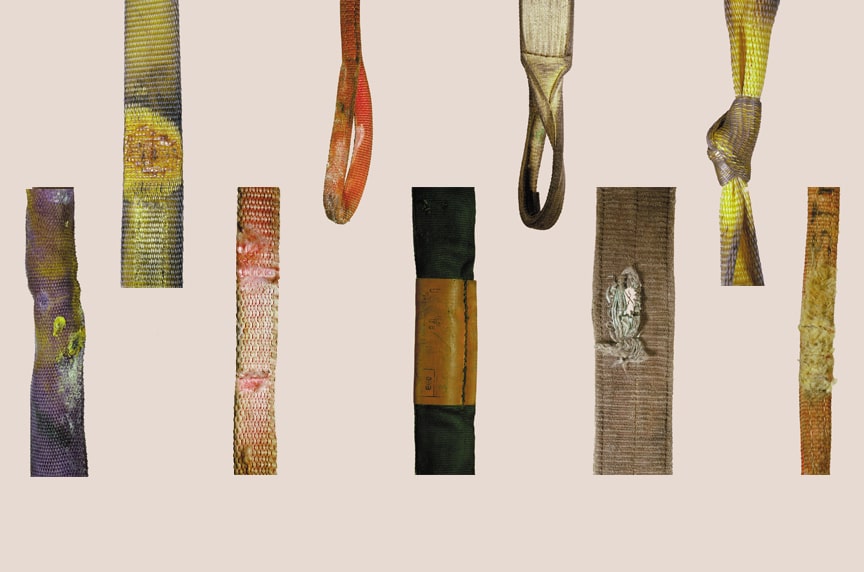
Without proper protection of lifting slings, there is a potential for:
- Injury / loss of life
- Higher turnover of slings, especially synthetic ones
- Major product damage if the sling should cut, and drop the load
- More frequent damage caused to the load itself from lack of sling protection, especially when using wire rope and chain slings which can exert crushing forces on a load
Dropped Load and Loss of Life
Without proper sling protection—especially when it comes to synthetic slings—slings can be damaged / cut so severely that it results in a dropped load. It goes without saying that a broken sling that results in a dropped load is a very dangerous situation and could result in dismemberment or loss of life.
Higher Sling Turnover
Additionally, if you aren’t protecting your slings, you are creating potential for a much higher turnover in slings—especially synthetic ones—and therefore higher equipment costs.
Edges can damage chain by causing nicks and gouges, crushed links, and bent or twisted links. When using unprotected wire rope around an edge, damage can include broken wires, kinks, or doglegs. When using metal mesh slings around an edge, damage can include broken welds, broken wires, distortion of the mesh. Even a sling made of steel can be damaged when going around an edge.
If you don’t protect your sling, and it gets damaged, in most cases it is much more cost-effective to replace the sling protection vs. replacing the sling itself.
Of course, there are exceptions to everything. Depending on the situation, sling protection can also be a significant cost add—particularly when using nylon web slings, as they are rather inexpensive in comparison to other options.
Damage to the Load
The load itself could be damaged, particularly when using wire rope and alloy chain slings. If the sling is coming into contact with the load—this often happens in a choker or basket hitch—it could scratch or damage the load.
What Types of Sling Protection Products Are There?
As mentioned earlier, there are a variety of different sling protection products, including:
- Corner pads
- Wear pads
- Corner protectors
- Covers and sleeves
- Reinforced eyes
- And more!
Keep in mind, this section does not cover every sling protection product sold or even every product sold at Mazzella. This is simply a few of the most popular sellers to help give you an idea of what these products are, what they do, and what they look like.
CornerMax® Sleeves and Pads
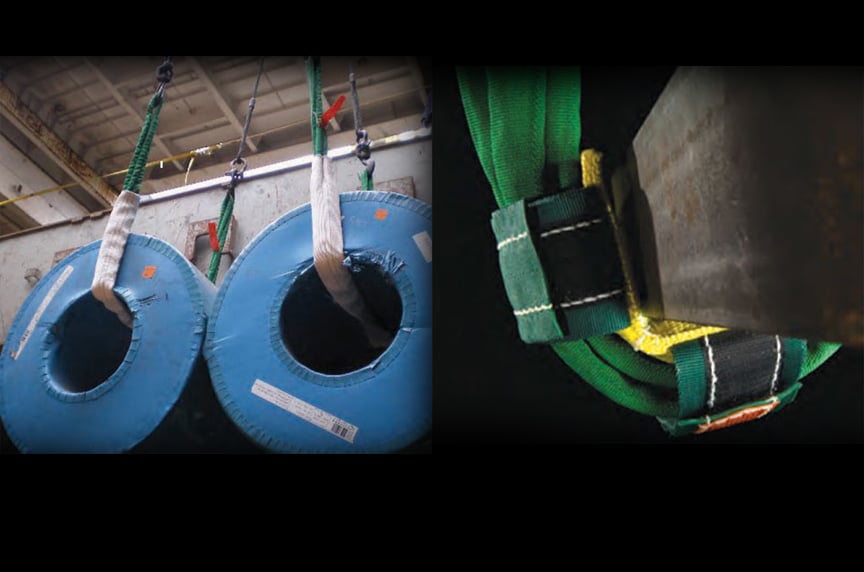
CornerMax®—a brand by SLINGMAX® Rigging Solutions—creates both sleeves and pads for sling protection. While the sleeve wraps completely around the sling, the corner pad creates a “tunnel” of cut protection around the edges of a load.
Corner Protectors
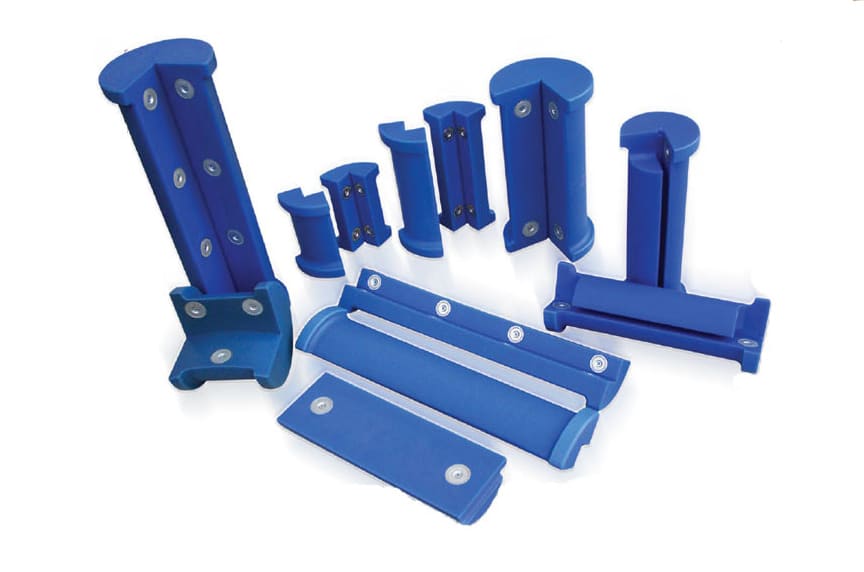
Instead of added protection to the sling, corner protectors can be placed directly onto the load corners and edges to protect the sling from being cut.
Sling Wear Pads
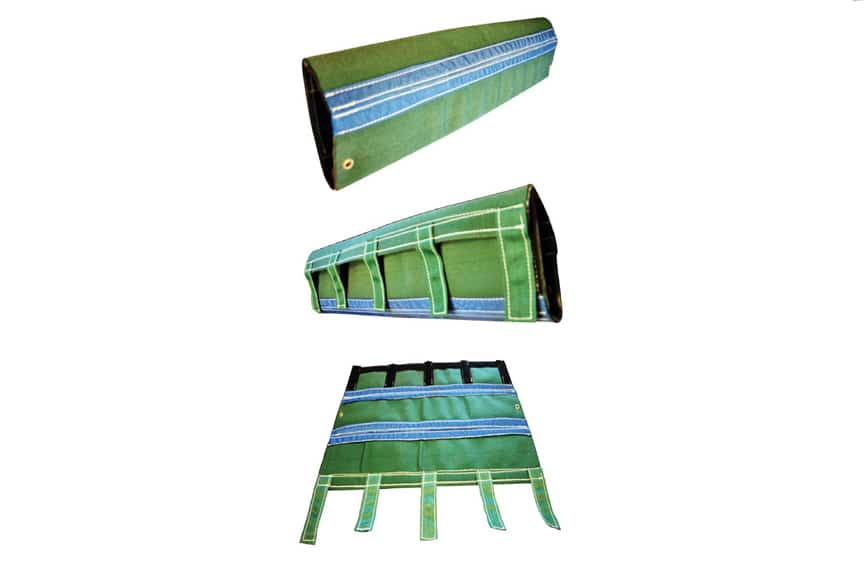
Sling wear pads can help to reduce damage to the sling by acting as a buffer between the load and the sling.
When used with wire rope and chain slings, wear pads help protect both the sling and load from damage along points of contact.
Dura-Jacket Roundslings with SuperTechlon™ Cover
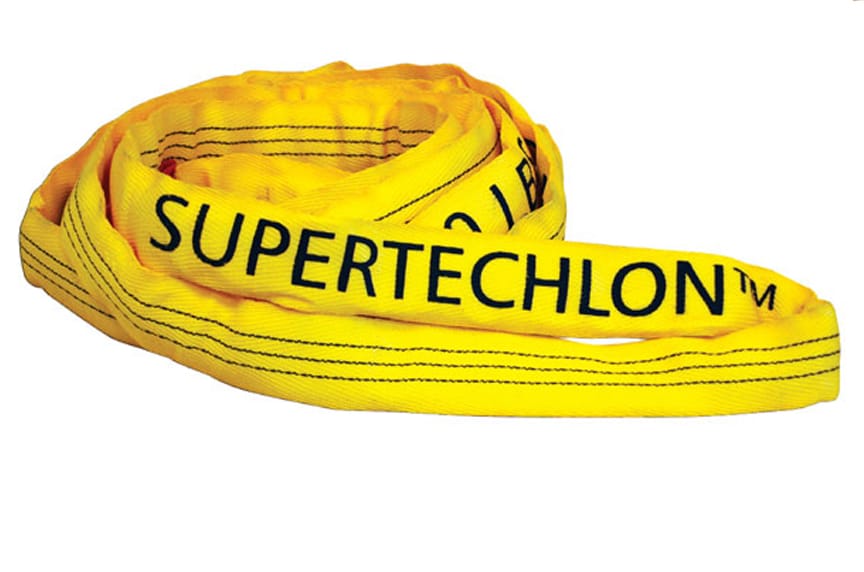
The Dura-Jacket Roundsling with SuperTechlon™ Cover is a versatile and high-performance round sling with a built-in abrasion and cut resistant jacket.
Wrapping it Up
We hope that this article helped give you a better understand of:
- What sling protection is
- When it is necessary to use added sling protection
- What are the risks of not properly protecting your slings
- Some common sling protection products
To sum it up, sling protection is the addition of products to a sling to protect the sling and / or the load from abrasion. These products are meant to be damaged and replaced instead of the sling itself.
Synthetic slings are most commonly found with added protection, some even come with it built in! Other, more durable slings—alloy chain, wire rope, wire mesh—still need to be protected when lifting around corners / edges. The load also needs to be protected from those more durable slings.
There are many risks to not properly protecting slings, with the most severe risk being that it can result in a dropped load and loss of life.
There are many different types of sling protection and related products out there. At Mazzella, some of our most popular sling protection products are:
- Dura-Jacket Roundslings with SuperTechlonTM Cover
- Corner Protectors
- Sling Wear Pads
- CornerMax® Sleeves and Pads – good for cut resistance
At Mazzella, in addition to sling protection products, we offer complete lifting and rigging solutions. If you are looking to add some more sling protection to your rigging lineup, or even if you are just looking for a quick consultation, contact us to speak with a Lifting Specialist today!

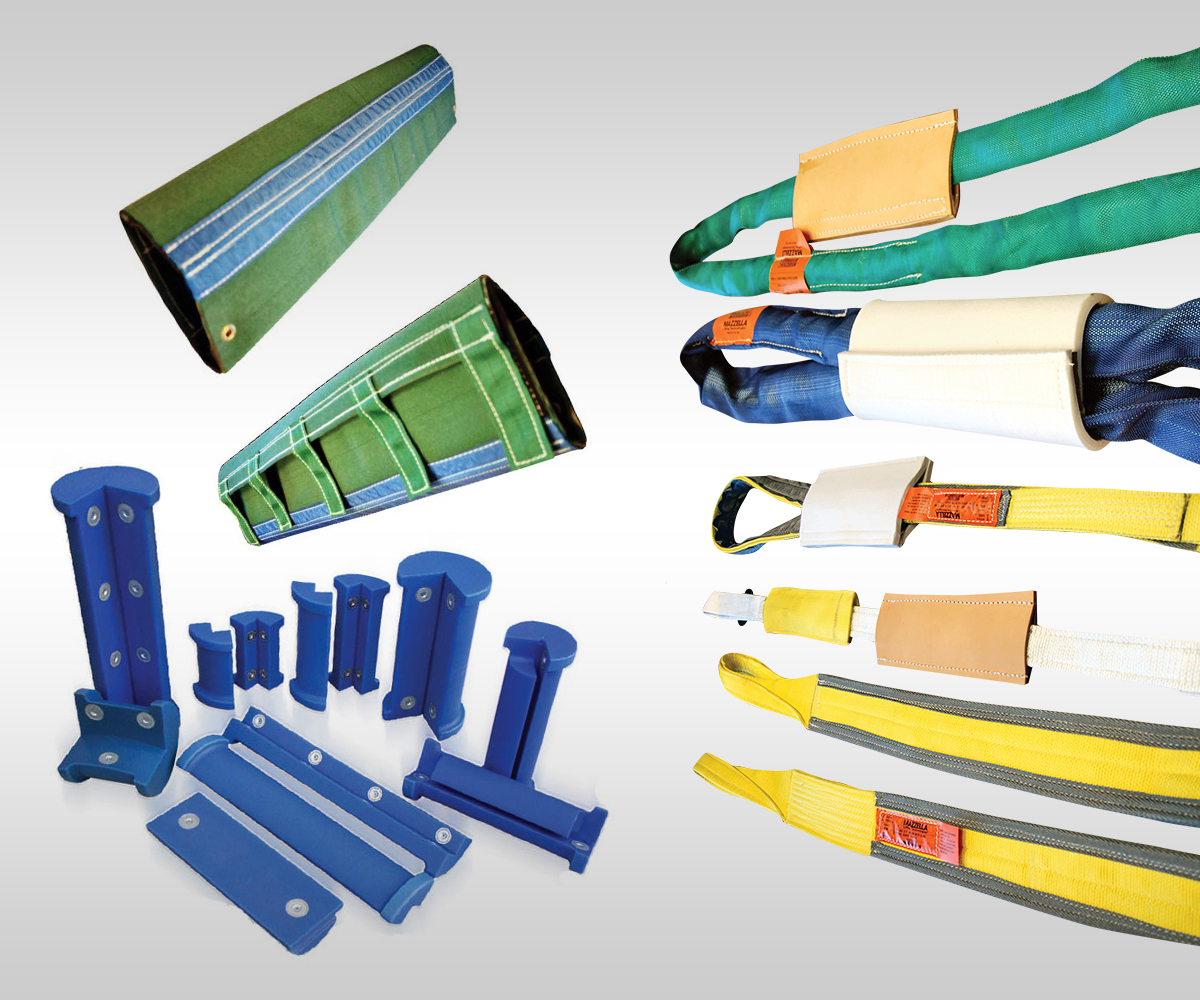
Sling Protection
Do you need a solution for protecting your slings during your lifts? We provide all types of sling protection products that protect slings from abrasion and cutting damage.
- Synthetic Armor Pads
- Protective Wear Pads
- Edging
- Sleeves
Call us at 800.362.4601 or click here if you need sling protection!
Copyright 2020. Mazzella Companies.

